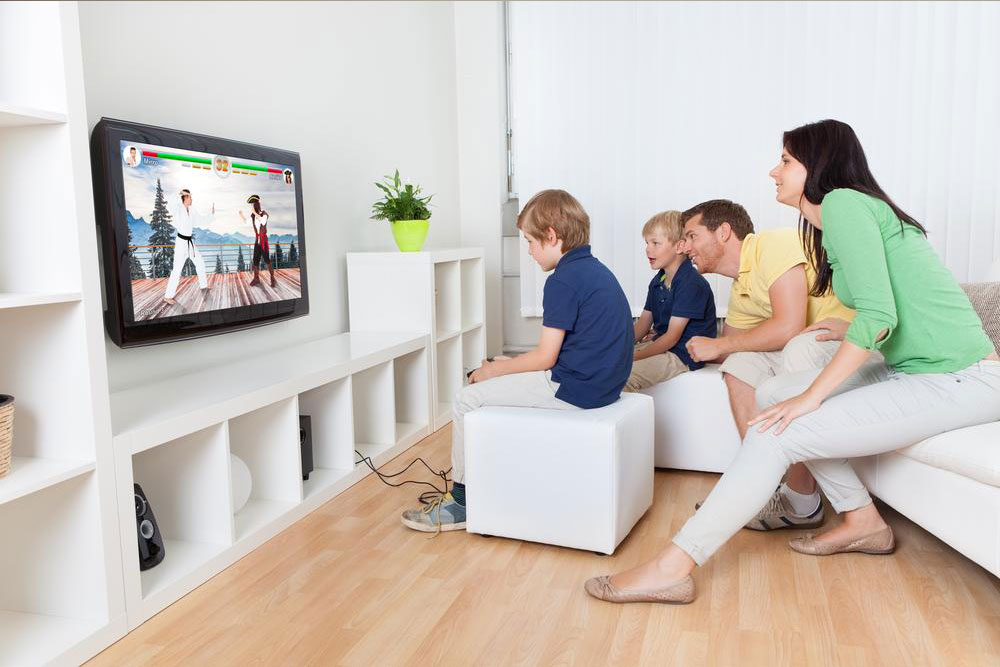Custom TV – best picture quality and maximum value for money
In the latest battle of the TVs in the acronym space, there are two major players: OLED and LCD. There are striking similarities in the two screen features, but there exists a difference in quality that sets them apart. On the arrival of OLED into the market, there was a massive appreciation for near-perfect black levels and excellent color transmission. However, custom TV’s prevailed then because they provided a rich experience of picture quality. There also existed a wide price gap between premium LCD and OLED TV screens, making it unattractive for consumers.
Throughout the first decade of the current century, there was a battle between LED/LCD and plasma TVs, wherein cost an integral role in the final decision making.

LED technology stands for light-emitting diode technology. Light-emitting diodes are tiny solid-state devices that provide light due to the movement of electrons through a semiconductor. With the broad acceptance of LCDs, there has been a shift in the preferred choice from backlit LCDs to LED screens.
Custom TVs rely on LED-backlight-based technology that emits light behind an LCD panel. Despite using advanced dimming technology, which is known for selectively dimming LEDs that need not be at full blast, LED TVs have always struggled to produce near-perfect dark blacks. Also, LED-based displays suffer from an effect known as “light bleed,” where lighter sections of the screen create a haze or bloom in the remaining adjacent darker areas.
Due to the high price of OLED TVs, even after receiving decent OLED TV deals, it will be a long time before OLED prices come down to the tune similar to that of LCD screens. Given the difference in price between the two products, the decision depends on picture quality desired by the consumer. If the consumer is keen on having a good picture quality with a modest budget, then LCD screens are better.

